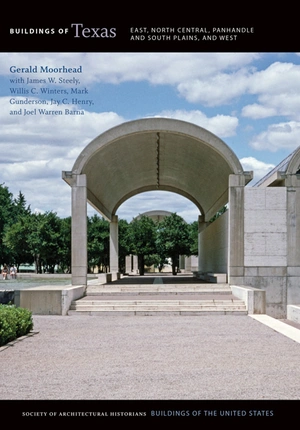
The two-story Classical Revival library was built on a site significant to the founding of Cleburne. During the Civil War, Camp Henderson, the Confederate military encampment located here, grew to become the town of Cleburne. Many of the local soldiers mustered at the camp served under Major General Patrick Cleburne (killed at the Battle of Franklin, Tennessee, in 1864), after whom the town was named. The library was the first building in Cleburne to be designed by professional architects, the Waco-based firm of Smith and Moore. The Women’s Club of Cleburne secured local funds, a donation of land, and a grant of $20,000 from the Carnegie Foundation. Faced with yellow brick and trimmed with limestone, the library has a pedimented frontispiece with two pairs of stout Ionic columns, and single columns line the flanking wings. The cornice and pediment are molded copper. Originally, the first floor contained the library, and the second floor held an auditorium for performances and other events. In 1963, the William J. Layland collection of historic artifacts was donated to the city and installed on the second floor, and since 1978, after the library moved to a new building, the museum has occupied the entire building.





